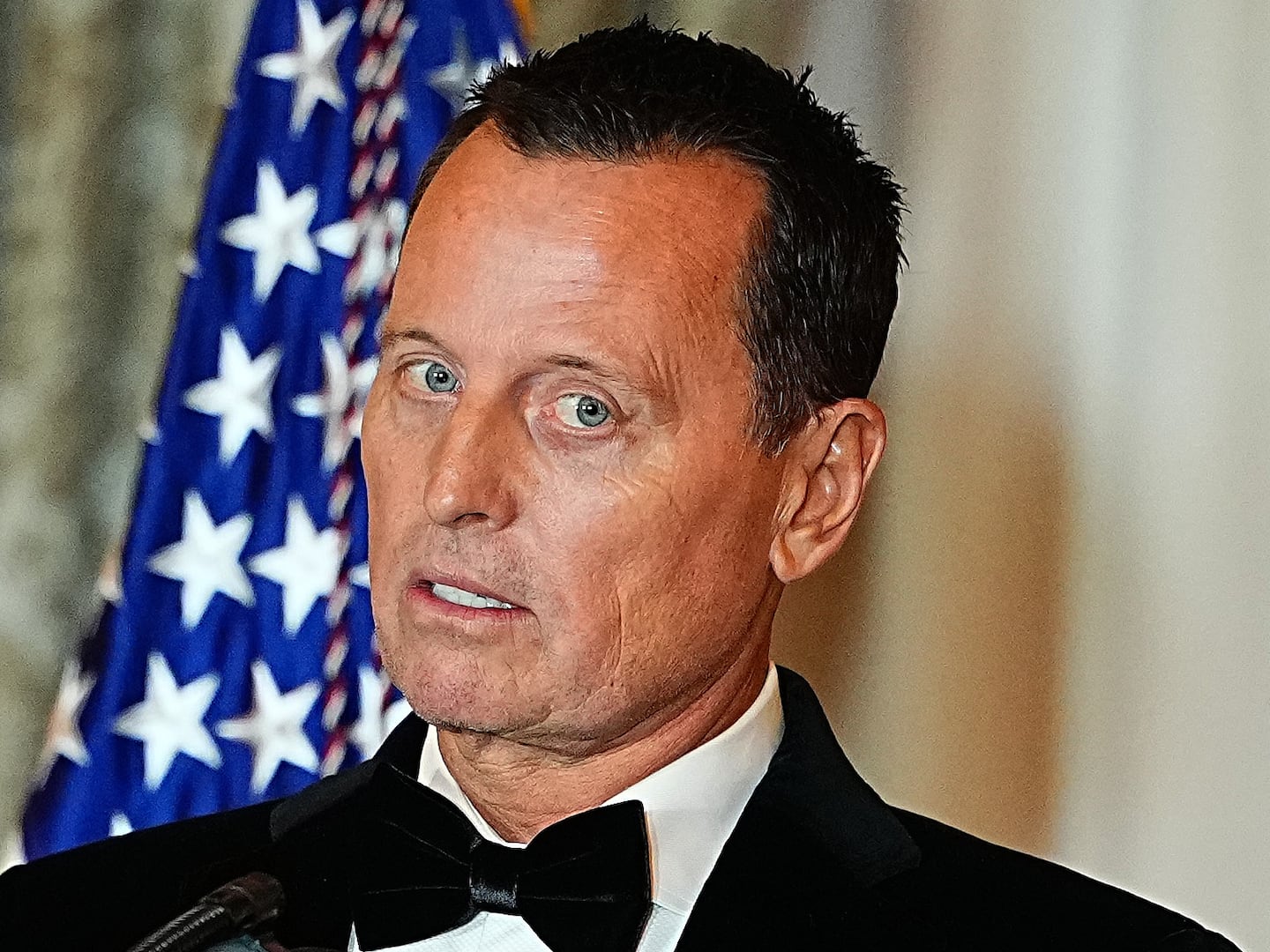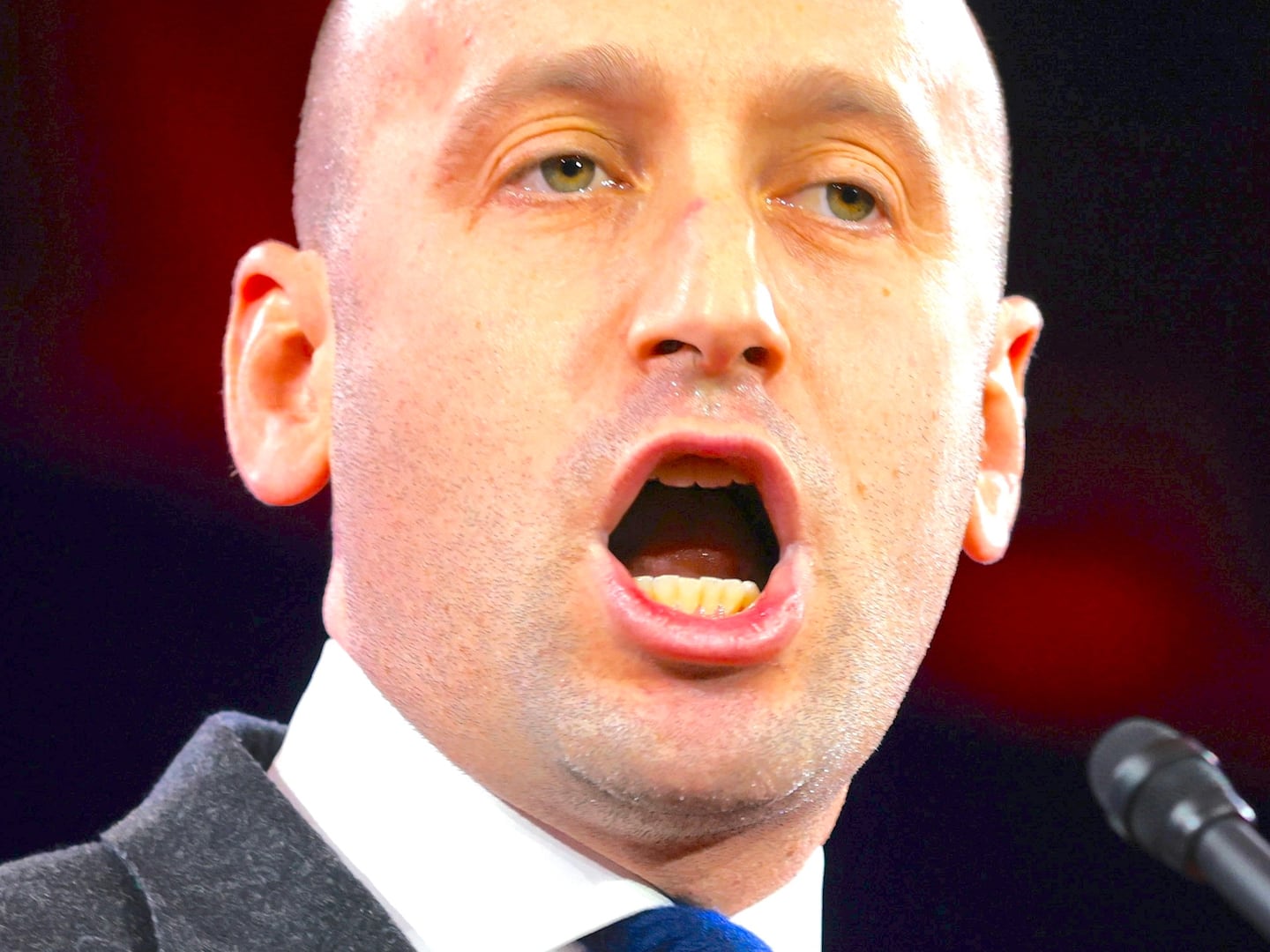The 2020 election cycle is on pace to be the most expensive in the nation’s history. But there’s one major political spender that’s been largely missing in action: the U.S. Chamber of Commerce.
As the main advocacy arm for corporate America, the Chamber traditionally has few competitors when it comes to wielding power in the nation's capital. Its headquarters sit across Lafayette Square from the White House as a perpetual reminder to the occupant inside that Main Street is watching. And when it comes to the Hill, few entities have shown a better ability to shape legislation, in part because of the millions of dollars that the Chamber is willing to spend in order to do so.
But for reasons that have baffled and intrigued seasoned operatives, the group has stopped writing those checks. So far, for the 2020 elections, the Chamber has reported just $1.6 million in political spending to the Federal Election Commission. By this point in 2016, it had spent more than $16 million. For context, it’s spent less this cycle than super PACs backing the short-lived Democratic presidential campaigns of former Massachusetts Gov. Deval Patrick and Washington Gov. Jay Inslee. So far this cycle, the Chamber is just the 43rd largest independent spender, according to CRP data.
“Holy shit,” said veteran Republican strategist and lobbyist John Feehery when presented with the Chamber’s spending total this cycle. “That’s shocking.”
The Chamber has backed just six candidates since last year. The group backed a successful primary challenge to Rep. Steve King (R-IA), supported a special election win for Rep. Tom Tiffany (R-WI), helped fend off one for the previously endangered Rep. Henry Cuellar (D-TX), and bought six-figure ad flights for two embattled Senate Republicans: Cory Gardner of Colorado and Susan Collins of Maine, for whom the chamber has also seeded a deep-pocketed super PAC. It’s also taken out a modest five-figures in digital ads for Sen. Thom Tillis (R-NC).
The group’s pull-back from electoral politics comes in the midst of a lengthy leadership transition, with Tom Donohue, its longtime president, set to depart from the group in 2022. And it is happening as businesses, including the Chamber’s members, tighten their belts amid a sudden and unexpected recession sparked by the coronavirus. One source familiar with the group’s operations sensed that officials there were deliberately keeping their powder dry due to the intense political and economic volatility and the likelihood that organizational priorities might suddenly change.
“Anyone who’s spending their wad this early, this year, is making a mistake,” the source said.
But some Republicans who spoke with The Daily Beast described the Chamber’s muted presence this cycle as just the latest sign of a decline that’s taken place during the Trump years. Once the embodiment of corporate-oriented, establishment GOP politics, the Chamber has found itself an advocacy group without a party; repeatedly at odds with a president who—though a self-identified world class businessman—has largely spurned decades of business-friendly conservative orthodoxy.
This year alone, the Chamber has publicly broken with Trump at least half a dozen times. It’s spoken out against the administration’s recent cancellation of student visas, its new curbs on temporary migrant workers, its withdrawal of the U.S. from the World Trade Organization, and its re-imposition of aluminum tariffs. The Chamber hailed a recent Supreme Court decision rolling back the administration’s cancelling of rules designed to protect immigrant children, and criticized Trump’s executive order cracking down on social media companies.
Despite those breaks—or, perhaps, because of them—much of the Chambers expenditures this cycle have been on issue advertising as opposed to explicit calls to elect or defeat candidates, which made up the bulk of the group’s political ads in previous cycles.
“We believe issue ads are best for our target constituents—college educated suburban women that believe in the free enterprise system and need added reasons to support Chamber friendly candidates,” Chamber political strategist Scott Reed told The Daily Beast in an email. “We are right on track.”
Reed stressed that the Chamber had recently issued a round of endorsements, which often precede the group’s political spending. But he acknowledged that its 2020 ad spending has so far lagged previous cycles, a shift that he attributed to the coronavirus and resulting changes in 2020 primary schedules.
“Our planned spending in March and April has been postponed as the primary schedule moved forward,” Reed told The Daily Beast in an email. “Our natural rhythm of engagement has been disrupted some, but our plans are to spend aggressively.”
Reed said the group plans to go on the air later this year with additional ads, including TV spots backing Tillis in his competitive re-election fight. But a Democratic super PAC in that race called Carolina Blue has already spent nearly three times as much on that race alone as the Chamber has in every political contest in which it’s gotten involved this cycle.
The idea of the Chamber being a side-player on the national scene would have been unthinkable just a decade ago. During the early stages of the Obama presidency, no Republican-aligned group had a larger impact on the national agenda. The Chamber’s efforts to combat health-care and regulatory reform—including a $100 million campaign to push back on the latter—earned it the indignation of the administration, so much so that the president’s top adviser, Valerie Jarrett, took the rare step of calling out the group in public.
“I do think that the Chamber’s approach is somewhat old school,” Jarrett told the Huffington Post at the time. “We were hoping to have a constructive dialogue with the Chamber, and it is regrettable that they decided to spend a huge amount of money launching this campaign.”
The gambit backfired. Within a year, Obama himself was walking across Lafayette Square to address the Chamber. The official purpose was to persuade its members to help with the economic recovery. The implicit purpose was to try and defang the group’s political operations, or at least make its bite less severe.
A year earlier, in 2010—which was the first election cycle after the Supreme Court struck down laws against direct nonprofit politicking—the Chamber juiced a Republican landslide in the House with $32 million in midterm spending, according to data compiled by the Center for Responsive Politics. That was second only to Republican super PAC Crossroads GPS and a sister “dark money” nonprofit among independent political spenders that year. And despite Obama’s entreaties, the group continued backing Republican politicians on the federal level, eventually helping flip the Senate in 2014 with $35 million in political expenses that cycle.
The 2016 cycle should have been a crowning achievement for the group, with a number of business-friendly Republican candidates vying for the nomination. But the party ended up supporting the one nominee who felt absolutely no affinity for or allegiance to a Washington, D.C.-headquartered interest group.
Since 2017, the Chamber has made no secret of its distaste for some key Trump policy proposals—mainly on immigration and trade—and Trump has been happy to return fire. But the group has struggled to pull the rest of the party in its direction, as Republicans have largely fallen in line behind the president. And as its influence within GOP circles has diminished, so too has its utility as an advocacy organization. During the 2018 cycle, it spent less than $11 million, putting it below more esoteric independent spenders such as the League of Conservation Voters, the Club for Growth, and End Citizens United.
“An awful lot of their members who wanted to make expenditures in the political space did so because of [the Chamber’s] influence on the Republican side,” a seasoned Republican strategist told The Daily Beast, “and they all a sudden had none.”
Because the Chamber is a nonprofit, details about its finances only become publicly available more than a year after the end of each fiscal year, making it difficult to pin down any supposed money crunch. But the Republican strategist and other knowledgeable sources said they all perceived its chief obstacle at the moment as a relative lack of resources compared to just a few years ago, which they attributed to fewer commitments by its member companies.
Part of the problem is short-term; the coronavirus has devastated Main Street, and resources must be devoted to core business activities first. But a key hurdle for the Chamber has also been an unmistakable shift in the GOP’s ideological center of gravity—and the sorts of organizations that can provide donors with the political pull they crave.
“It started becoming a problem in 2018,” the Republican operative said. “They'd been a big political force, a huge part of the GOP coalition in the 2010s and up through 2016… But their money dried up after the ‘16 cycle.”
Reed downplayed any concerns about the group’s finances.
“Our voter education funding comes from our members and they all recognize the stakes of this election are high for the business community,” he wrote. “A Schumer Senate will immediately work to claw back all progress made in the last few years on tax reform, regulatory reform and judicial appointments.”









